The Fundamentals of Making Tzatziki
I don't always make tzatziki with English cucumbers, but it has become my go-to lately. You can easily substitute conventional American slicing cucumbers, but all of my usual grocery stores have switched to English ones! I often end up with odd ingredients when I go to the grocery store, though, so that's not entirely out of character with me. I like the excitement of finding something that I wasn't expecting to get and then figure out what to do with it when I get home! And this week I came home with English cucumbers.
Now, I was entirely unsure what I was going to do with these! I don't even ordinarily eat cucumbers, let alone English cucumbers. I imagine them being in a side salad. And lettuce with carrots, tomatoes, and cucumbers isn't exactly my idea of a salad! I'm more of a Salad with Tofu Steak, Cherry Tomatoes, Banana Peppers, and Toasted Walnuts or Salad w/ Baked Salmon, Quinoa & Cherry Tomatoes kind of person.
So, merely cut up in a salad wasn't an option! If I bought cucumbers specifically to do something, they had to be the star of the dish. And, as much as I wanted to make something grand and epic, sometimes the classics are the best. And my go-to with cucumbers is definitely tzatziki!
It's also been the peak of 2021 winter storm season during the Coronavirus pandemic. Everywhere from Texas to Wisconsin is covered in snow! So, despite it being February and with spring just around the corner, we're all covered in inches and inches of it! And tzatziki seems like the perfect mix of fitting in with the snow, but with the warmth and sunshine of spring.
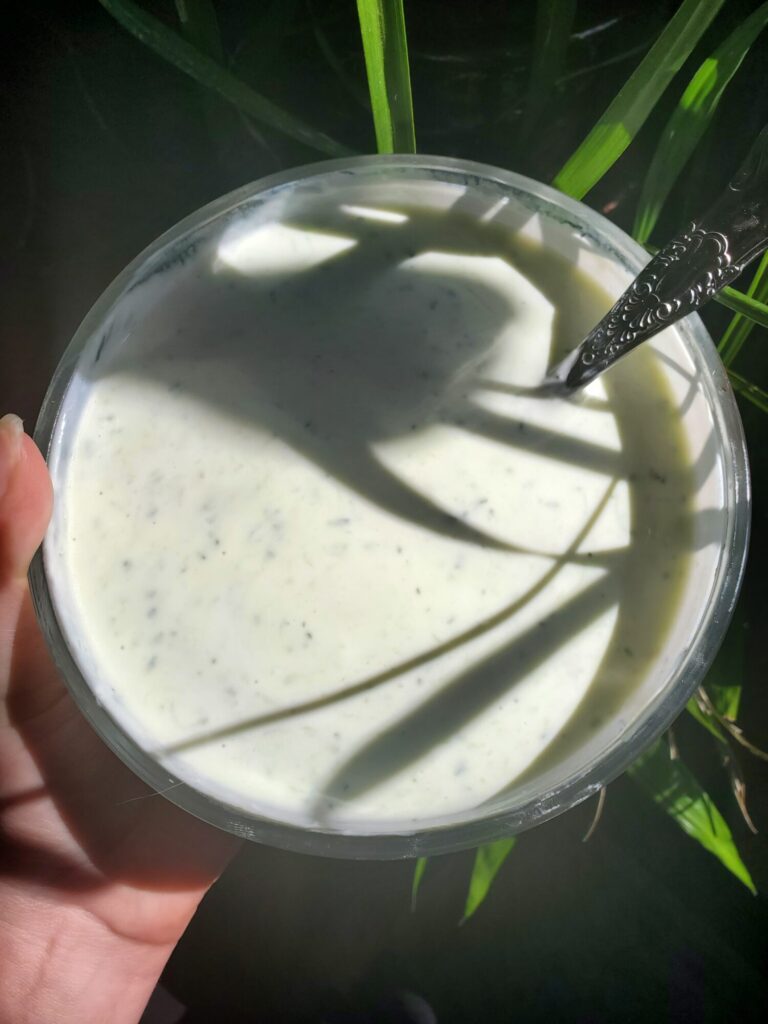

What IS Tzatziki?
Tzatziki is a Middle Eastern dish that consists predominately of minced cucumber, garlic, Greek yogurt, lemon juice, and olive oil. A lot of recipes will also add dill or some combination of herbs and spices. Although I tend to omit dill when it's out of season.
It's quite similar to Cacik in Turkey, which tends to add sumac, mint, and water to the basic tzatziki recipe. As well as Tarator, which is popular in Balkan countries and oftentimes add walnuts and sometimes onions (Philoso Kitchen's Tzatziki Sauce Recipe & History).
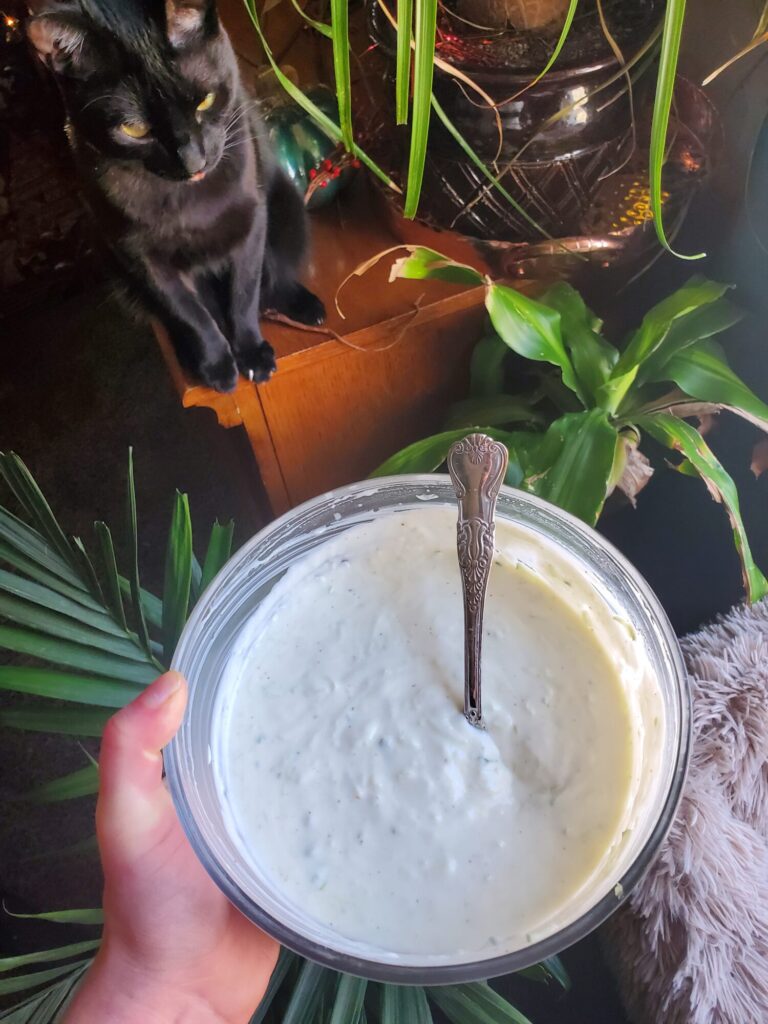
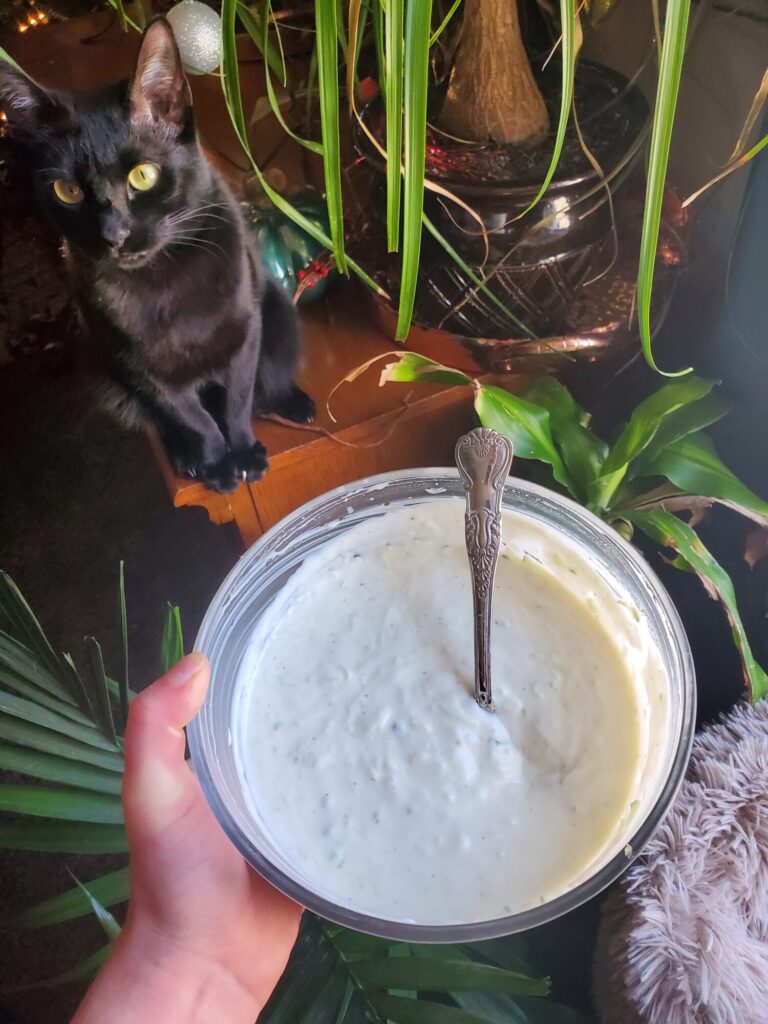
How Do You Pronounce Tzatziki?
If you polled a number of people, I'm sure that you'd get a number of different responses on how to pronounce tzatziki. After all, you don't ordinarily find Ts and Zs in conjunction in the English language! So, do you pronounce the T and ignore the Z? Just pronounce the Z? Or try desperately in vain to pronounce both simultaneously?
I tend to pronounce it: tuh·zee·kee. Wherein the first TZ is pronounced as a T and the second is pronounced as a Z. This I would say is the most commonplace pronunciation of it in the United States.
I believe that the more accurate pronunciation is to combine the consonants together, though. This makes more of a "tsah" sound. Whenever I attempt this, I end up calling it: zaht·zee·kee. This does seem to be more of the globally common pronunciation of the word. You can hear it pronounced this way in Julien Miquel's How to Pronounce Tzatziki Sauce? (CORRECTLY).
Although I have also heard the TZ pronounced as a J and as a CH. Part of the reason for this may be regional dialects and changing accents throughout different times and places in history. I have heard tell that these are more of a traditional Greek pronunciation. Although this is not always the most common way that it is pronounced. If it helps, the word "tzatziki" is derived from the Person word "zhazh."
I like to sometimes chock these differences up to the dilemma that language is fluid. I took French when I was a small child from a Parisian teacher, so now I tend to pronounce words and phrases in other languages with a French accent. There are also different ways of pronouncing French words that vary entirely differently from Northern and Southern France. The same thing happens in the United States with how Mid-Westerners and Southerners pronounce particular words. So, as much as I want to get the correct pronunciation? Saying that there is one also means saying that a particular dialect is correct and that the others are incorrect.


What to Make w/ Tzatziki
Tzatziki is not an entire dish on its own. I suppose that you could just eat it when a spoon... Since it is predominately yogurt! However, tzatziki is more commonly utilized as a sauce, dip, or side dish. It's often made as a dip to accompany pita bread or used as a sauce with falafel or for various poultry and salmon dishes.
I went into this particular recipe today with absolutely no plan. I just randomly picked up some English cucumbers, threw up my hands, and said, "Tzatziki!" Although I do often make it with falafel or use it to drizzle on top of salmon. It's quite often used for kabobs and any number of other poultry or fish. The bright, refreshing taste of the Greek yogurt and lemons pairs incredibly well with bright and floral spring dishes. I'm particularly fond of it when dill is fresh from the garden.
However, today there is several inches of snow on the ground! So, I'm getting creative and putting it on a bunch of savory and warm Burritos and Nachos with Ethiopian Black Lentils and Sautéed Spinach.
Gallery

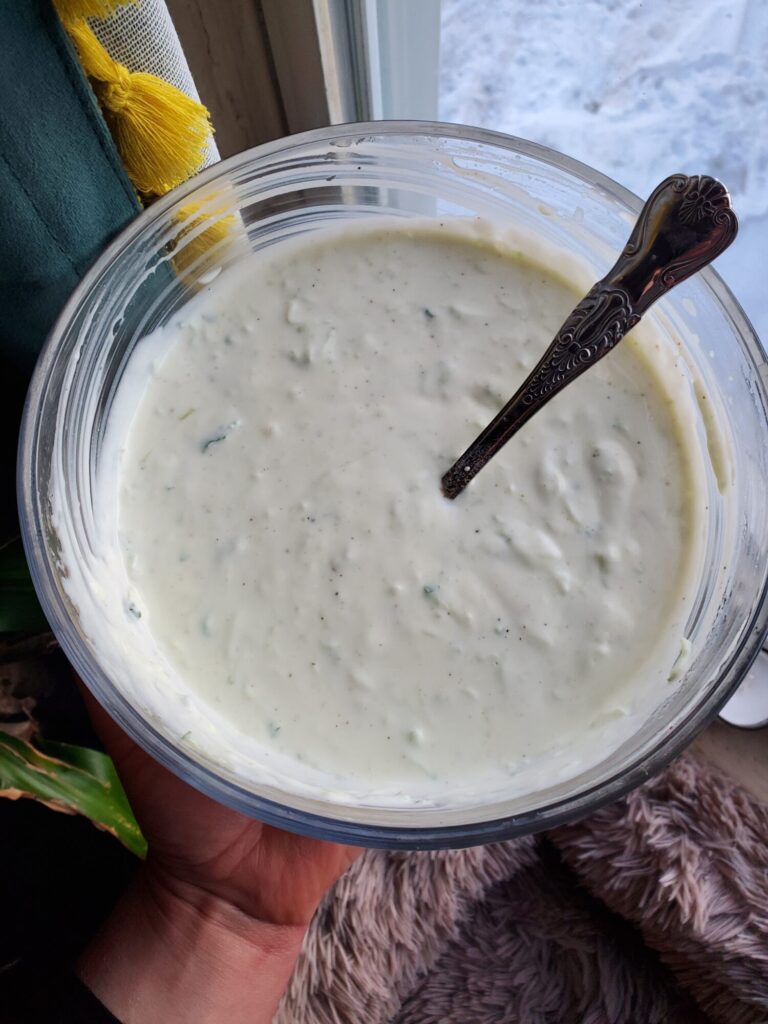
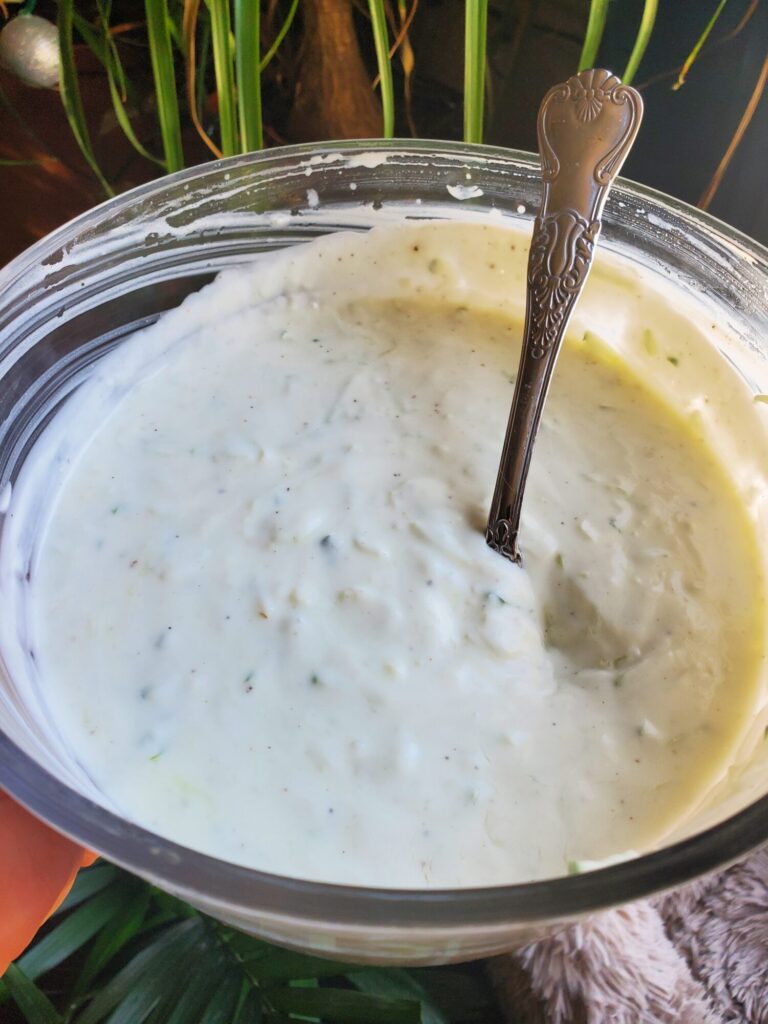
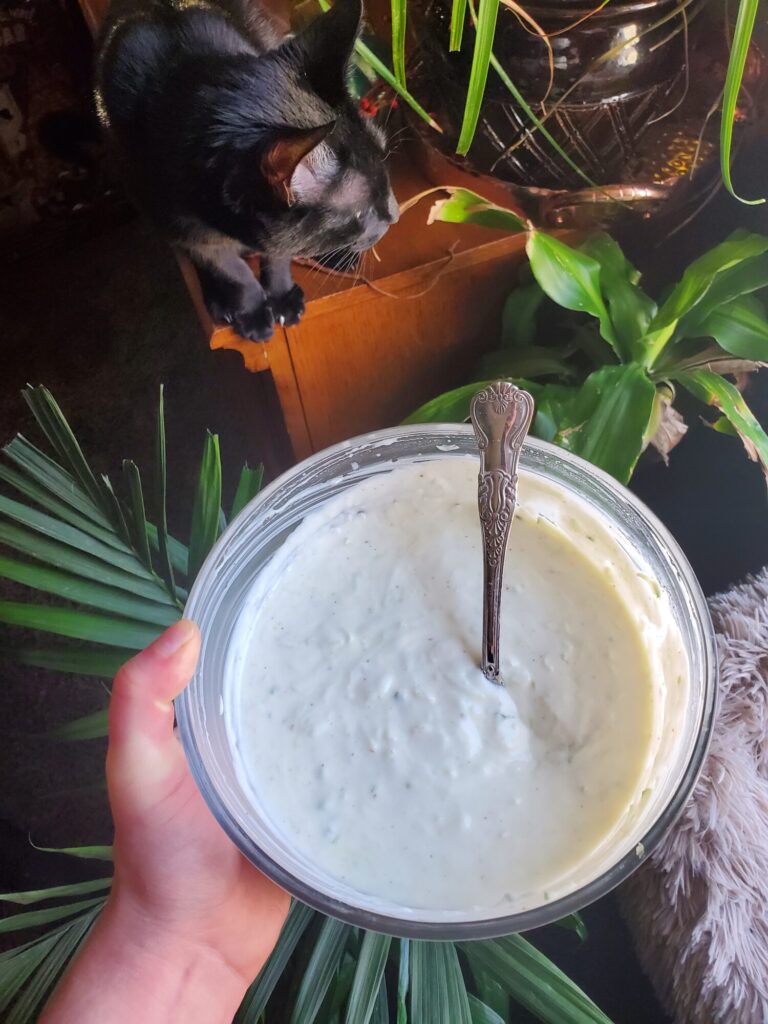

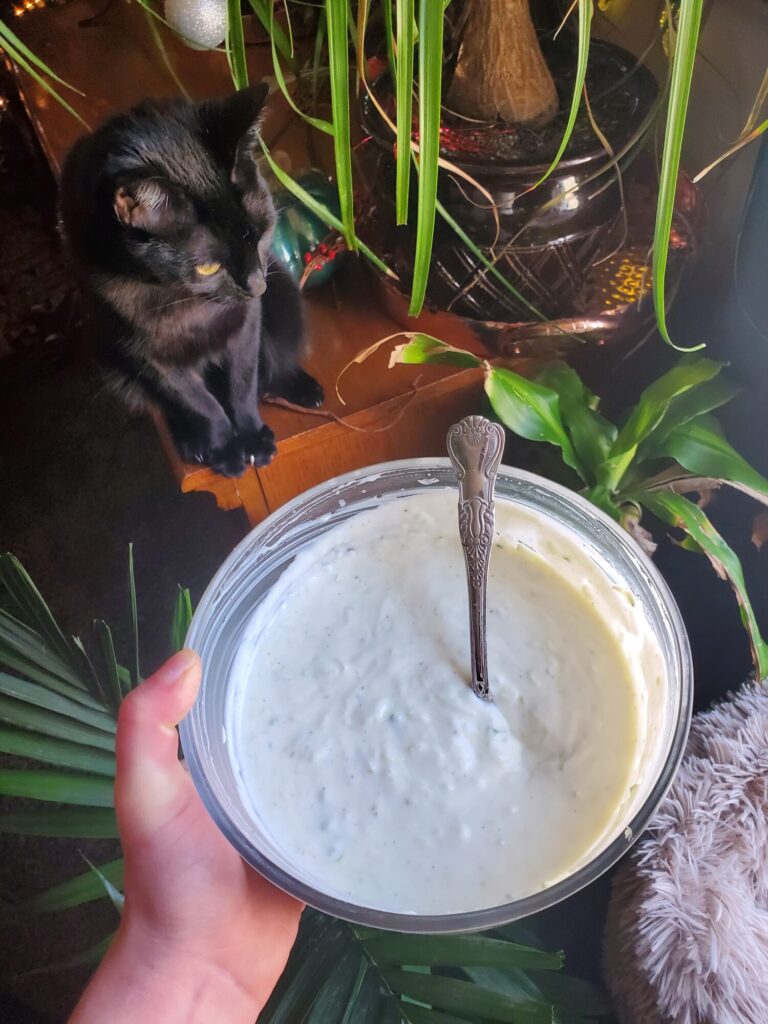


Although Esméralda seems a little bit less excited for tzatziki as I am! It might be because cats and citrus don't mix (one of the reasons that you shouldn't feed pets people food!). But, as always, I suspect that she's more jealous that the food is getting more attention than she is at the present moment... She also broke her third collar and is enjoying being able to sneak up on things without the jingle for the time being!
What to Make w/ Tzatziki
No Middle Eastern meal is complete without zatziki! Although it also pairs incredibly well with any Southern Europian or Northern African dish. I tend to like to mix it up a little bit and use it as a sour cream substitute as well. Really, the sky is the limit. Anything that could possibly pair well with Greek yogurt? I'm probably going to put tzatziki on it!

The Fundamentals of Making Tzatziki
Equipment
- Fine Grater
Ingredients
- 1/2 English cucumber (or 1 smaller cucumber), minced or finely grated
- 1 clove garlic minced or finely grated
- 1 tbsp. dill minced
- 1 lemon juiced
- 2 c. Greek yogurt
- 1 tbsp. olive oil
- dash salt
Instructions
- Either finely mince the cucumber or shred it using a fine cheese grater.It can help to peel the skin first, but this is entirely optional. The skin of cucumbers is soft and edible. I almost always keep it in because a lot of the nutrients are in the skin (although as are the pesticides if you don't buy organic). I usually use a rotary cheese grater with a fine shredding blade and it kind of peels it for me, so this is rather a moot point! But you can peel them if you prefer.
- Combine all of the ingredients in a small bowl (grated cucumber, lemon juice, Greek yogurt, olive oil, and salt). Stir and serve immediately or chill in the refrigerator.
Tips, Tricks, & Notes
- Cucumbers are largely water and will create a lot of liquid when shredded! There's no need to discard the liquid. You can drain it out if you want, but it's not necessary and will create a creamier tzatziki.
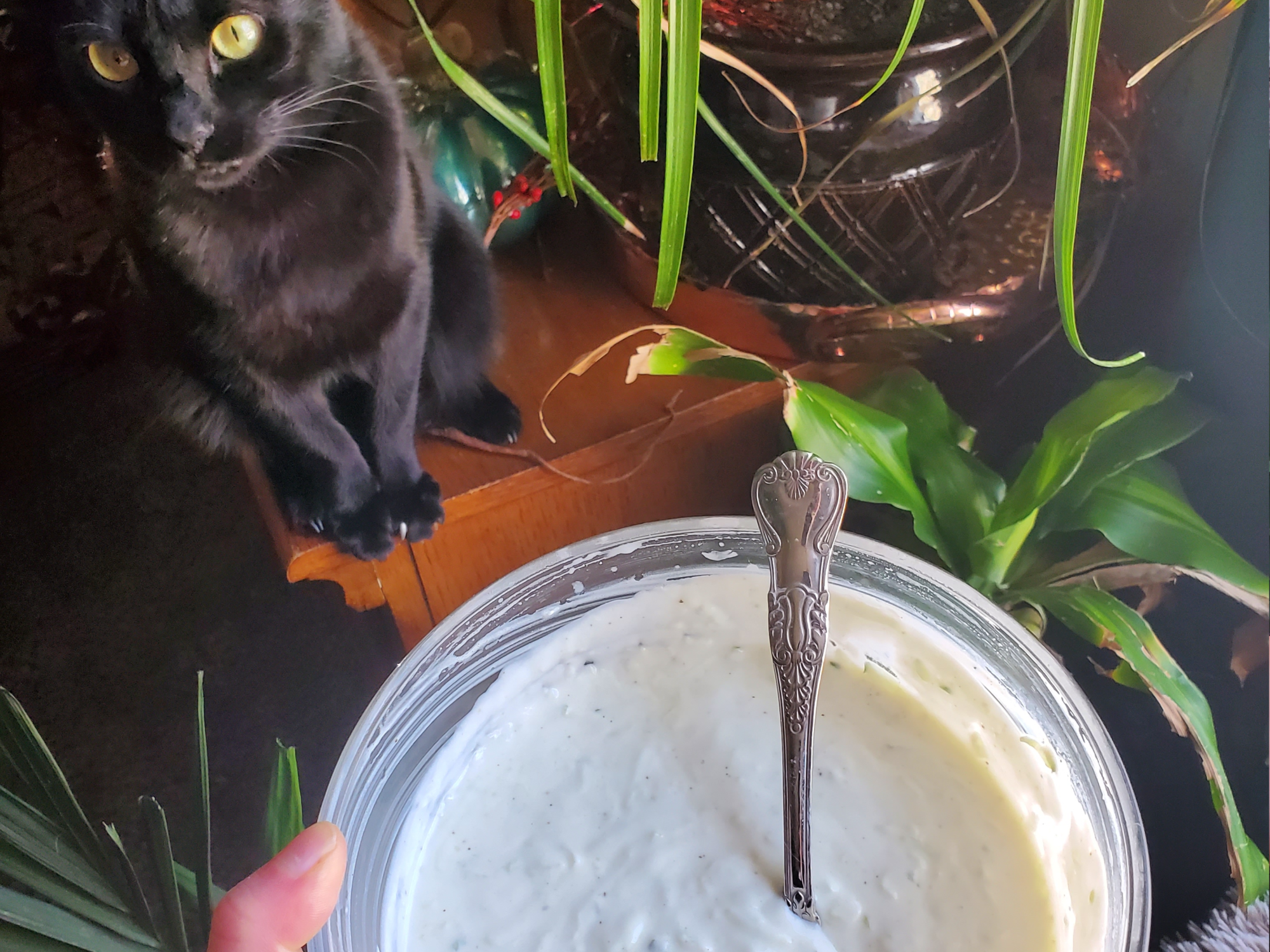



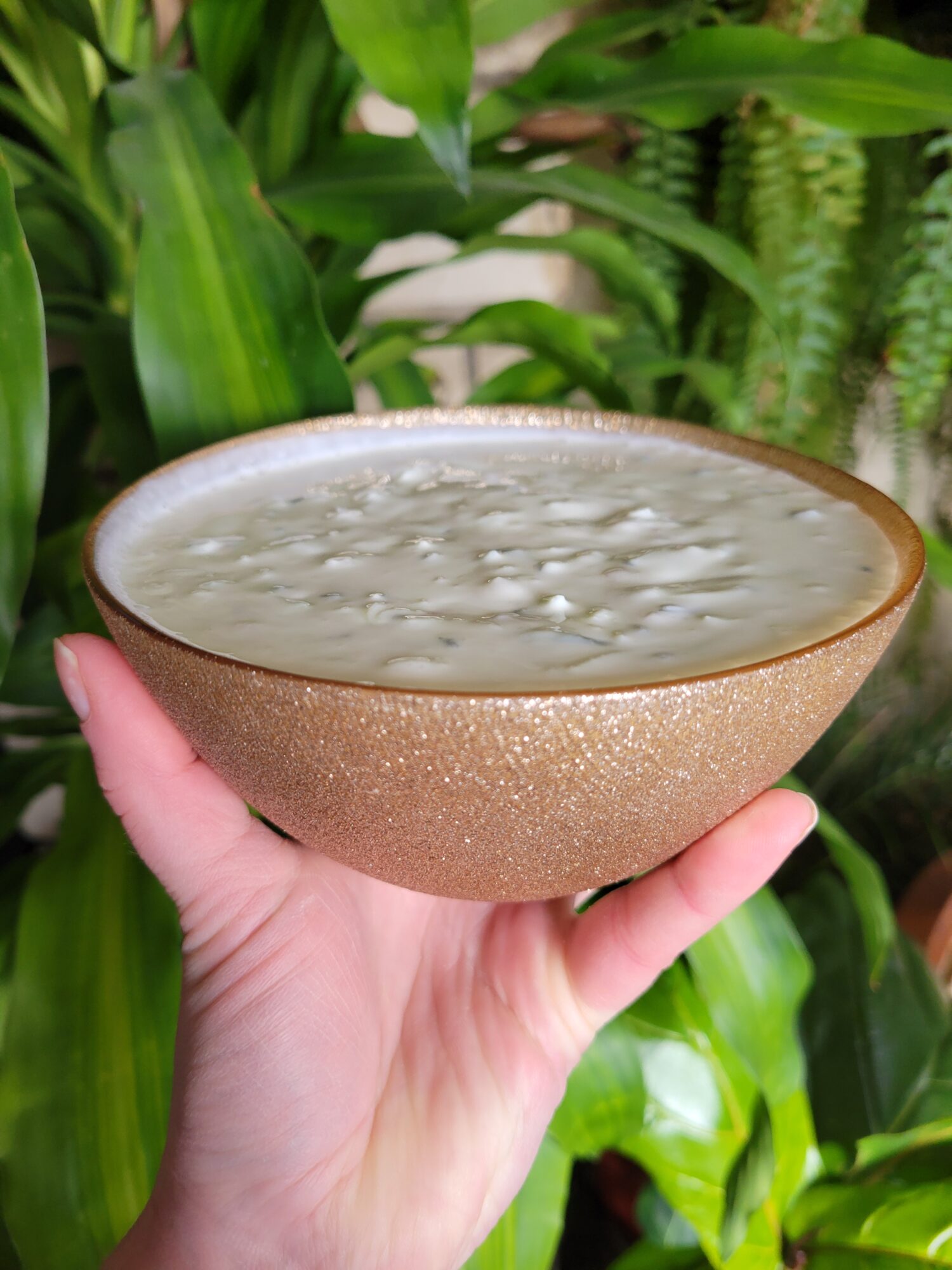







Leave a Reply